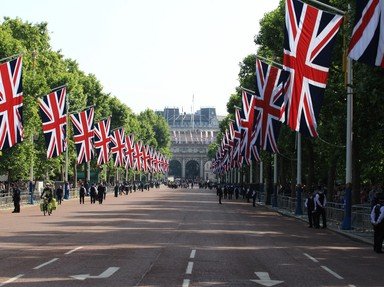Quiz Answer Key and Fun Facts
1. Edward VIII had to abdicate the throne in order to marry the twice-divorced American socialite, Wallis Simpson. Simpson was the surname of her second husband, so what was Wallis's birth name?
2. Queen Victoria and her husband Prince Albert took an active role in the selection of a royal bride for their eldest son, the future King Edward VII. Their final choice was Princess Alexandra of which European nation?
3. In 1543 the future King Edward VI was betrothed to marry his cousin, but the plan fell through and a war known as 'The Rough Wooing' followed. Edward died young and unmarried, but who had been his proposed bride?
4. Elizabeth Woodville was a widow when she married King Edward IV in 1464. What was the name of her first husband, the father of her eldest two sons?
5. King Edward IV's children were disinherited after his death because his marriage to their mother was declared invalid. The ruling was based on a claim that he had previously made a legally binding promise to marry another woman. What was the name of this disputed wife of King Edward IV?
6. The Queen's College, University of Oxford was founded in 1341 and named in honour of the wife of King Edward III of England. What was the name of this well-loved queen?
7. Isabella of France, the wife of King Edward II, invaded England with her lover and deposed her husband in favour of their son, King Edward III. She ruled England as regent for four years and ultimately earned herself what unflattering nickname?
8. King Philip IV of France tried to secure a fragile peace with England by offering his younger half-sister Margaret as a second wife for the ageing King Edward I of England. The result was that Edward declared war again and a further five years of hostilities ensued before a truce was finally agreed. Edward did marry Margaret in 1299, but why did he refuse the initial marriage proposal?
9. The first wife of King Edward I of England was Eleanor of Castile, the daughter of King Ferdinand III of Castile. Which modern day country includes the region that was formerly the Kingdom of Castile?
10. Edith of Wessex was the wife of King Edward the Confessor, one of the last Anglo-Saxon kings of England. The couple had no children, but unusually it was her brother that succeeded to the throne on Edward's death in January 1066. Which English king was Edith's brother?
Source: Author
Fifiona81
This quiz was reviewed by FunTrivia editor
bloomsby before going online.
Any errors found in FunTrivia content are routinely corrected through our feedback system.

